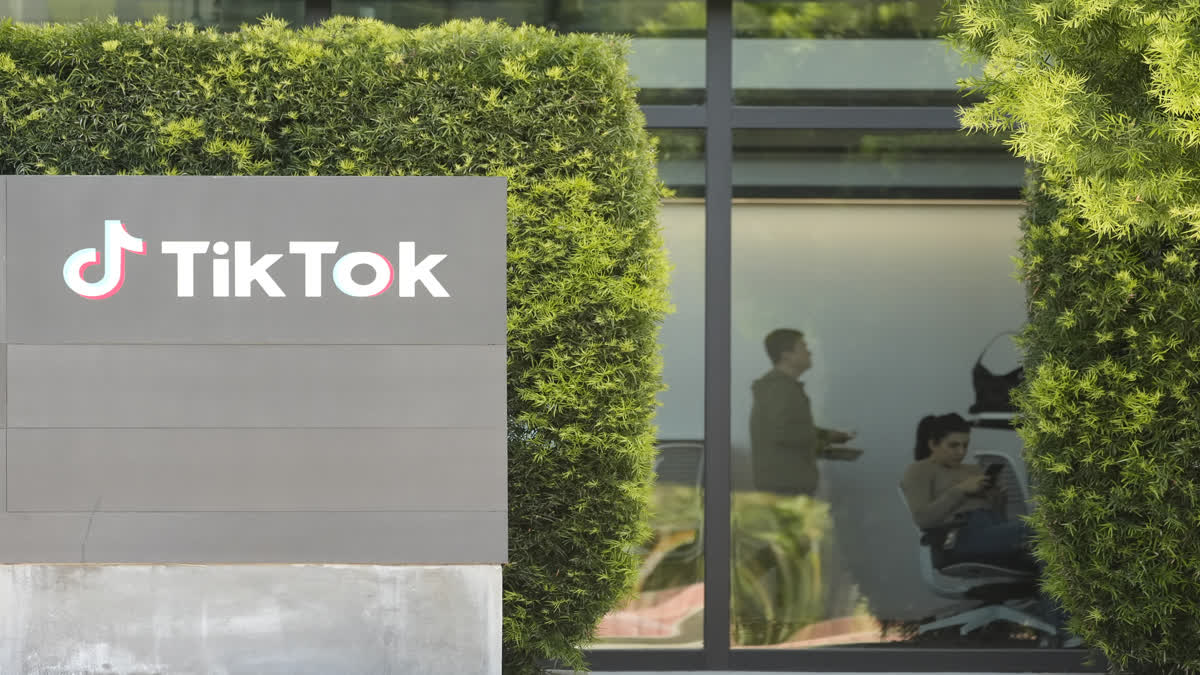The possibility of the US outlawing TikTok kept influencers and users in anxious limbo during the four-plus years that lawmakers and judges debated the fate of the video-sharing app. Now, the moment its fans dreaded is here, but uncertainty over TikTok’s future lingers.
On Friday, the Supreme Court upheld a federal law that bans the immensely popular, trend-setting social media platform starting Sunday unless its China-based parent company, ByteDance Ltd., sells to an approved buyer.
The unanimous decision ended a legal battle that pitted national security concerns against free speech rights. TikTok, ByteDance and some of the devoted users who rely on the platform for entertainment, income and community argued the statute violated the First Amendment. The Biden administration sought to show that ByteDance’s ownership and control of TikTok posed an unacceptable threat.
The Supreme Court ruling, however, is not guaranteed to end the TikTok saga, which has become enveloped in the wider battle between Beijing and Washington. A Biden administration official told The Associated Press on Thursday that the outgoing administration would leave the law's implementation — and potential enforcement — to President-elect Donald Trump.
Trump, who is set to return to the White House the day after the ban takes effect, has credited TikTok with helping him win the support of more young voters in last year’s election. A Trump adviser said this week that the incoming administration would “put measures in place to keep TikTok from going dark.” What those measures will look like — and if they can withstand legal scrutiny — remained unknown Saturday.
Here’s a look at how TikTok became a global cultural phenomenon and the political wrangling that followed the app's commercial success:
The rise of TikTok
TikTok is one of more than 100 apps developed in the past decade by ByteDance, a technology firm founded in 2012 by Chinese entrepreneur Zhang Yiming and headquartered in Beijing’s northwestern Haidian district.
In 2016, ByteDance launched a short-form video platform called Douyin in China and followed up with an international version called TikTok. It then bought Musical.ly, a lip-syncing platform popular with teens in the US and Europe, and combined it with TikTok while keeping the app separate from Douyin.
.Soon after, the app boomed in popularity in the U.S. and many other countries, becoming the first Chinese platform to make serious inroads in the West. Unlike other social media platforms that focused on cultivating connections among users, TikTok tailored content to people’s interests.
The often silly videos and music clips content creators posted gave TikTok an image as a sunny corner of the internet where users could find fun and a sense of authenticity. Finding an audience on the platform helped launch the careers of music artists like Lil Nas X.
TikTok gained more traction during the shutdowns of the COVID-19 pandemic when short dances that went viral became a mainstay of the app. To better compete, Instagram and YouTube eventually came out with their own tools for making short-form videos, respectively known as Reels and Shorts. By that point, TikTok was a bona fide hit.
TikTok encounters critics
Challenges came in tandem with TikTok’s success. U.S. officials expressed concerns about the company’s roots and ownership, pointing to laws in China that require Chinese companies to hand over data requested by the government. Another concern became the proprietary algorithm that populates what users see on the app.
During his first term in office, Trump issued executive orders in 2020 banning TikTok and the Chinese messaging app WeChat, moves that courts subsequently blocked. India banned TikTok — along with other Chinese apps — the same year following a military clash along the India-China border that killed 20 Indian and four Chinese soldiers.
